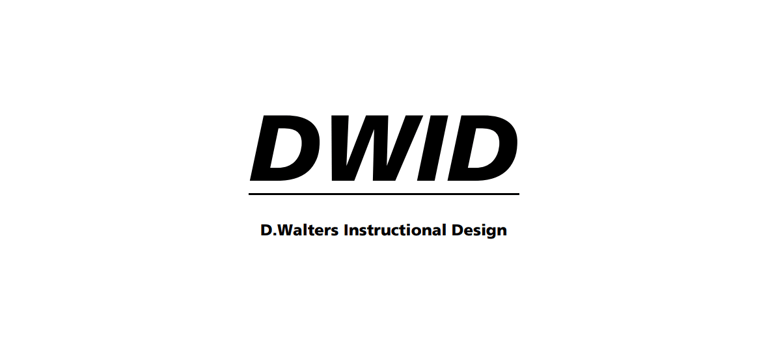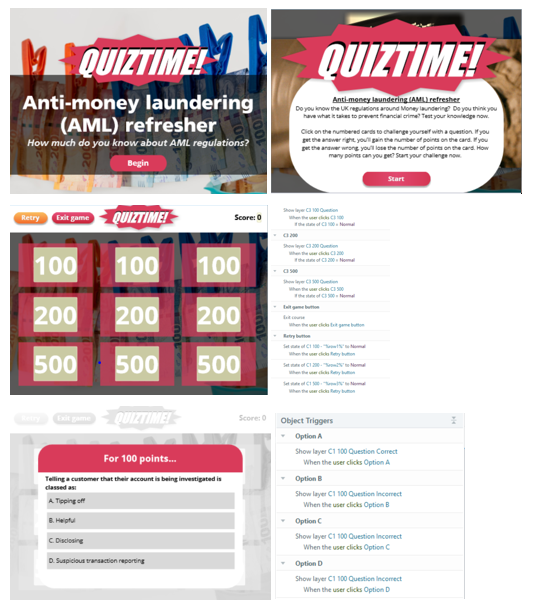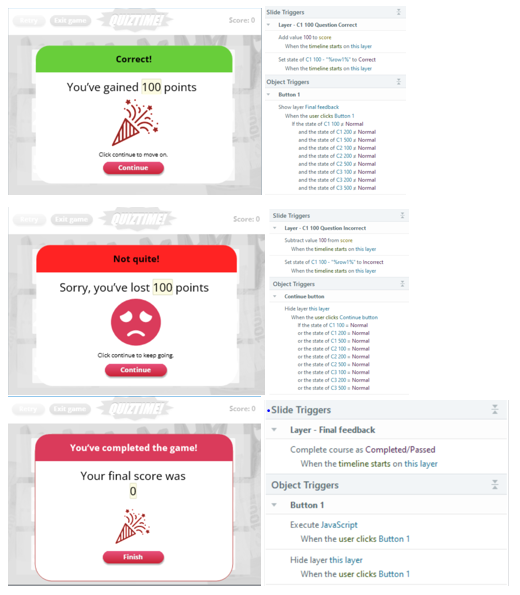Audience
All employees who work for an app-based fintech company.
Roles
Instructional Design
eLearning Development
Script / Storyboard
Visual Design
Animation
Text-to-speech audio Production
Tools
Articulate storyline
Articulate 360 icons and illustrations


Overview
Financial organisations must ensure that all staff receive on-going training in order to uphold their anti-money laundering and anti-terrorist financing obligations. Failure of the employer to provide training is an offence under the requirements. Along with a formal training schedule which is developed and maintained to train staff annually, consistent with the organisations policies and procedures, the aim was to create a gamified experience to understand AML obligations to re-inforce knowledge bi annually. The gamified experience was aimed at removing the monotonous stigma attached to regulatory training and create a light, enjoyable experience for the user.
Process
Action Mapping: I worked with an SME to develop an action map on the ways employees could ensure physical information security in the office and how this may be potentially employed in a remote setting. We worked together to come up with a variety of scenarios for when physical information security should be exercised. I used 3D modelling to bring the training to life and allow the learners to explore the office space to understand how physical information security works in practice. We plotted the common places where security failures were most likely to happen to highlight this as part of the 3D model.
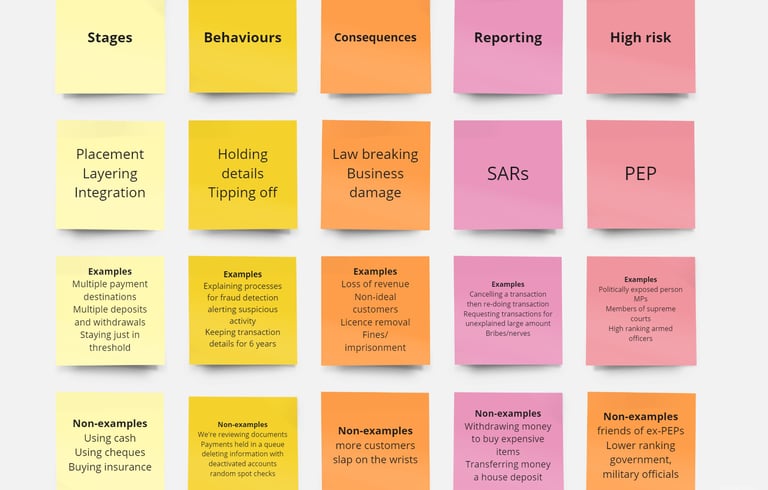

Mapping Out the Branching Scenario
Branching scenarios in eLearning present an effective way to give learners multiple answer choices, let them make decisions, and give them corresponding consequences. These scenarios can be trickier to plan out and execute as they are not linear, but doing so can add a lot of value to the learning experience and make the user data you collect more meaningful to your organization. Below is a screenshot from the Twine software I used to map out the route users would take from the title screen all the way to the end of the quiz; the result is a unique score for each user based on their individual answer choices.
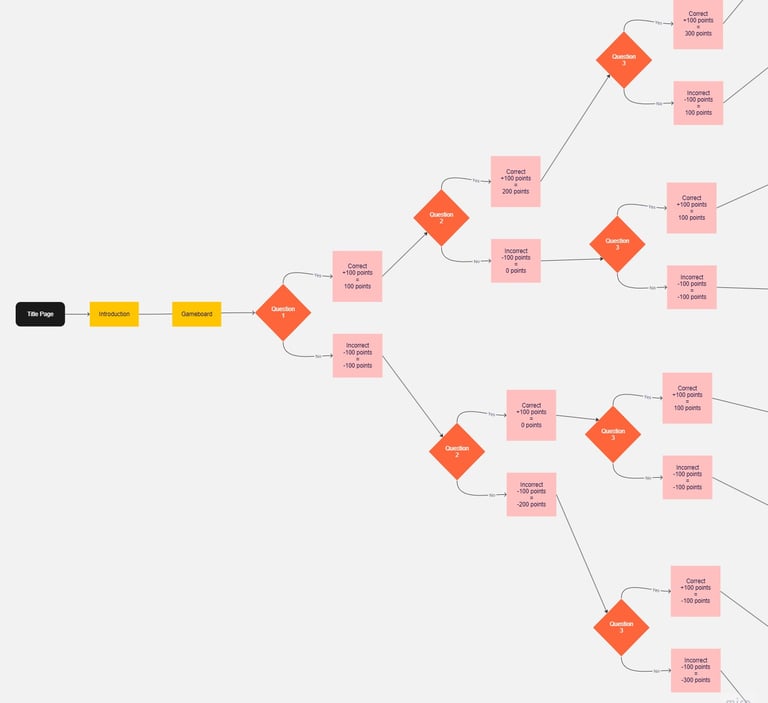

Storyboard/Script
To ensure a satisfying user experience, I carefully mapped out goals and outlined the text, visuals, and programming details for each screen using a text-based storyboard. As part of the storyboard/script, it was important to keep the company’s branding in mind. The company’s brand was to remain approachable, optimistic, simple and trail-blazing. The aim was to use warm colours and introduce the concept of points throughout the quiz to encourage the learners to succeed.
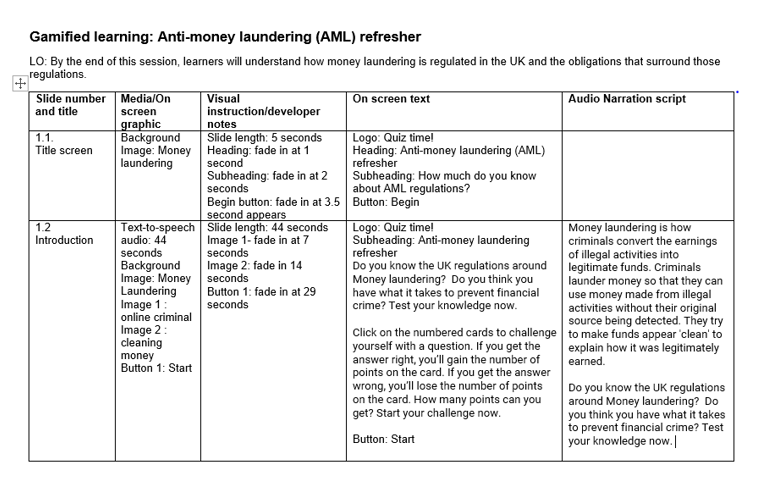

Prototype
After carefully planning what each screen would look like and how they would connect, I developed an interactive prototype in Articulate Storyline to test the quiz’s functionality and to get feedback on the visual design. The prototype included visual mockups of quiz UI, the animated scenes of the game experience, and the narration. The idea was to immerse the learner through an intro which led them into the game. Below is a screenshot of one section of triggers that I added to customize this project; these triggers make the quiz interactive and ensure that users end on the correct results screen based on their answer choices.
Development
In Articulate Storyline, I pieced together the visual and audio assets, built interactions and tested the project to bring the final product together.
Experience
Learning and Development
Enhancing understanding of people and their behavior.
Design
Support
© 2025. All rights reserved.
Connect
